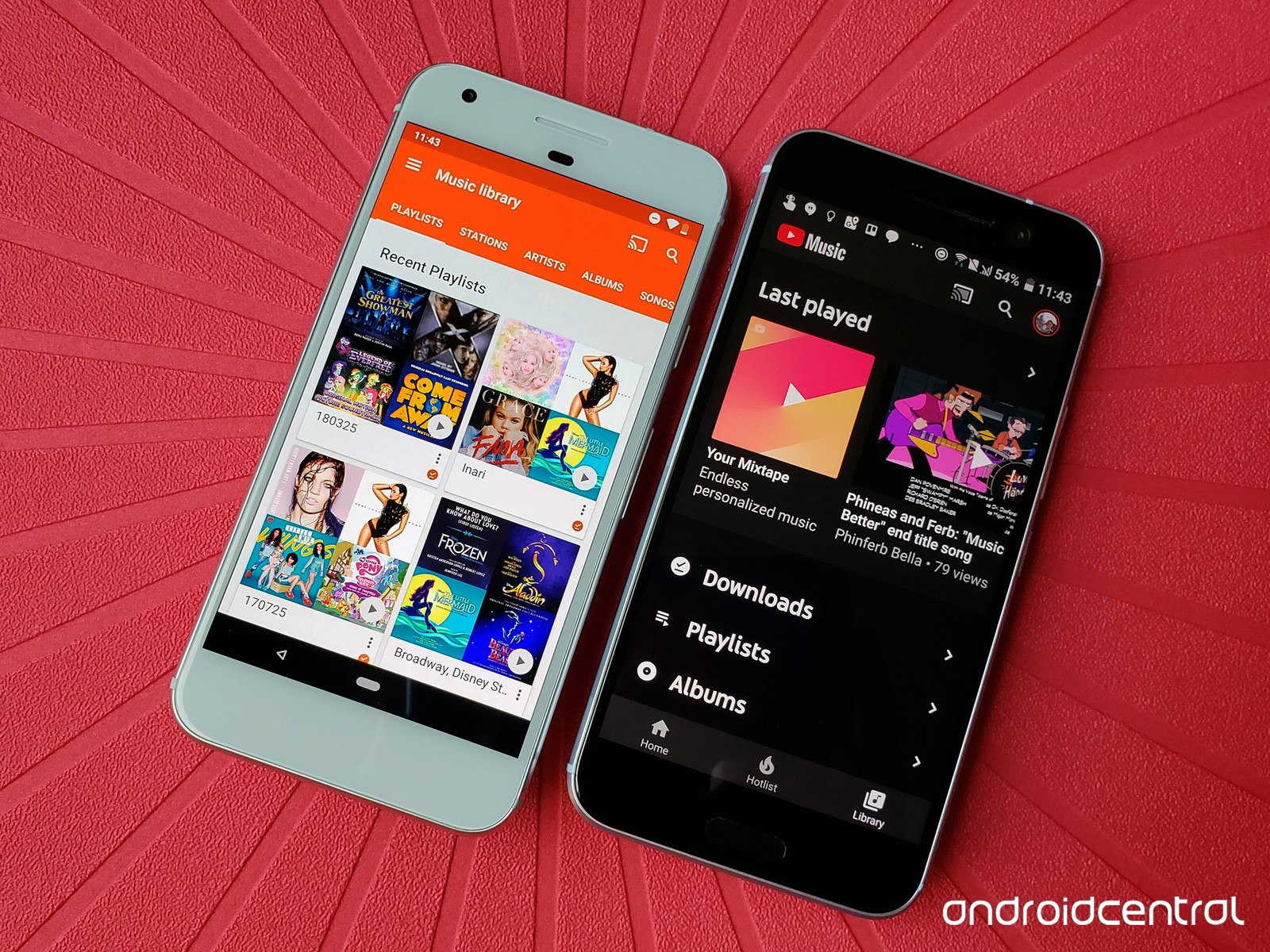chevron_left
-
play_arrow
NGradio So good... like you
share
close
Investors wondering where Facebook ‘sFB -1.26% advanced tech research money is going got an update.
Facebook said it designed and built a high-altitude solar-powered plane in 14 months, and that tests will begin later this year. Add that to the social network’s other big bets on virtual-reality hardware and networking infrastructure.
The drone — dubbed Aquila — is part of Internet.org, Facebook’s plan to extend Web access to what it estimates are 1.1 billion to 2.8 billion people without it today.
Like Google, Facebook is experimenting with delivering Internet access to people unlikely to be served by traditional landlines or cellular networks. According to the U.N.’s International Telecommunication Union, 43.4% of the world’s population doesn’t use the Internet.
“We are exploring a number of different approaches to this challenge, including aircraft, satellites and terrestrial solutions,” Yael Maguire, who heads up Facebook’s Connectivity lab, wrote in a blog post.
Aquila, which has the wingspan of a Boeing 737 but weighs only as much as a car, will be able to fly for three months without landing. It will project a laser that can transmit data to other aircraft, and a signal that will be received by small towers and dishes on the ground within 50 kilometers. The antennas will then convert the signal into Wi-Fi or 4G networks.
The drone will fly at 60,000 to 90,000 feet during the day, putting it above commercial airplanes and conventional weather patterns. At night, when its batteries aren’t being charged by the sun, Aquila will fly lower to save energy. Facebook can rotate its drones every three months with a near-instantaneous handoff, Mr. Maguire said in an interview with The Wall Street Journal.
Facebook is currently testing its laser system in California. It said its prototype can deliver 10 gigabits of data a second, much faster than what’s considered state-of-the-art in the industry. The network of drones is being designed for rural areas, where the location and intensity of demand can shift suddenly, Mr. Maguire said. Satellites are better suited for densely populated zones.
One of the engineering challenges is generating enough power to keep the drone airborne while still powering all its systems. Mr. Maguire said he wants to take advantage of highly efficient semiconductors used in the cellular industry. But there is still work to be done. “The battery technology we need doesn’t exist,” he said.
Even so, regulatory issues — not technology — are likely to dictate the speed of the program. Sorting out issues such as radio frequency spectrum and gaining approval to fly over countries’ airspace could take much longer, Mr. Maguire said.
Even though Facebook’s drone program is expensive, it is a drop in the company’s R&D budget. “Investors allow companies like Facebook or Google to explore this kind of non-core opportunities if in the long term, they can be viable,” said Ben Schachter, an analyst at Macquarie Group. “As long as the core business of the company maintains its strength, I think investors will accept it.”
Source: wsj.com
Written by: New Generation Radio
Rate it
Similar posts
ΔΗΜΟΦΙΛΗ ΑΡΘΡΑ
COPYRIGHT 2020. NGRADIO





















Post comments (0)